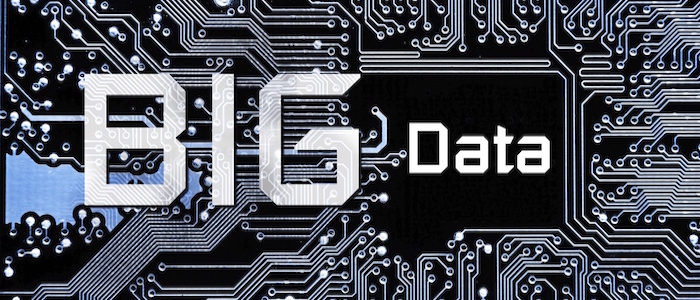Using Big Data to Improve Best Practices for Human Resources
Most companies have an idea what big data is, but haven’t yet learned to tap its full potential. Current business intelligence (BI) practices are time-and-labor intensive, and can’t deliver predictive results. BI mainly consists of after-the-fact analysis that produces weekly reports, end-of-the-month summaries, and fiscal year-end data sheets. By hiring a PEO they can help with understanding how to consolidate and leverage the power of big data, companies can become intensely competitive with forecasting tools that can drive business to a new level of performance and customer satisfaction.
What is Big Data?
Big data is generally defined as data measured in at least terabytes, if not petabytes. Most companies have this much data on hand, but the data is currently scattered among branch locations and within departments. Few companies have advanced databases with consolidated, enterprise-wide data sets. Data includes information on current customers, contact lists for potential customers, as well as data on operations, processes, time-to-market, commodity prices, and a host of other information collected and used in the course of doing business.
What makes big data unique is that with enough data, a company can identify trends that aren’t apparent or even visible without enough information. Complex relationships among the data points, such as how commodity prices affect end point sales prices, are easier to identify and manage. Though most companies hold big data, few have leveraged it to its full potential.
What are the Current Models for Gathering and Analyzing Business Intelligence?
Business intelligence is currently a primarily manual process. It involves lots of spreadsheets, manual data extraction, and a few data cleansing tools. Highly skilled analysts spend countless hours pouring over the data, looking for patterns and connections in order to make meaningful sense of what the data is telling the company.
Not only is this a costly endeavor, both in terms of manpower and money, it also produces results that can only tell you what happened in the past. It can’t be predictive. For example, last month’s production statistics can only tell you what was. Often, manual analysis and intuition are wrong. For example, it was long believed that quality job candidates came from better schools, made better grades, and had high-quality references to offer. Big data has already proven that wrong, paving the way for radical improvements in human resources departments.
How Can Big Data Make HR Processes More Efficient?
In order to see how leveraging big data can impact BI, examine the processes in human relations’ offices. Today’s searches for good talent generally start online, producing thousands or even tens of thousands of applications. It takes a long time to sort through these applications, identify good candidates, and then work through the process of interviewing, narrowing the pool of candidates, and making an inevitable selection. During this time, the most promising candidates have likely found employment elsewhere — possibly with one of your competitors.
With big data analysis, much of the information needed to narrow a large pool of candidates into a smaller group worth interviewing is already there. With a smart algorithm, the best applications can be scanned for critical skills and education, eliminating bottlenecks in the hiring process that cost your company great talent. The same type of analysis on different data sets can be used to effectively market products, streamline operations, choose where new branches should be opened, and even predict commodities prices in order to plan for future raises in product prices.
Big data is useful in all HR processes, not just hiring practices. Big data can help determine which job candidates are going to be the most productive workers, allowing companies to extend offers to only the best, and to offer salaries appropriate for the amount and quality of work the employee can provide. This makes payroll more efficient and easier to analyze.
Big data can also assist HR with benefits packages, determining which benefits actually translate into good incentives for top talent to sign on and stick with the company. It can also help identify benefits that don’t pay off, benefits that go largely unused, and benefits that often get abused by employees. With this knowledge, HR can lower costs by cutting or reducing benefits that don’t offer ROI, and can focus on providing benefits packages that help lure and retain excellent workers.
Time, money, efficiency, and compliance – the advantages of using the power of big data to improve HR practices are many, but finding the right service provider can be a challenge. SourceOne Partners has over 50 years of combined experience in the industry and relationships with multiple payroll companies. Partner with us and we can help you find the perfect solution for your business. Call us at 561-674-0748 or contact us online and begin the process with a free review for your small business today.
